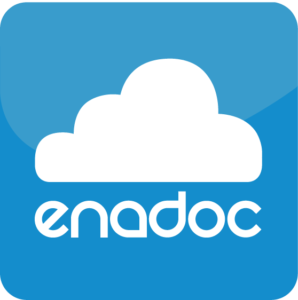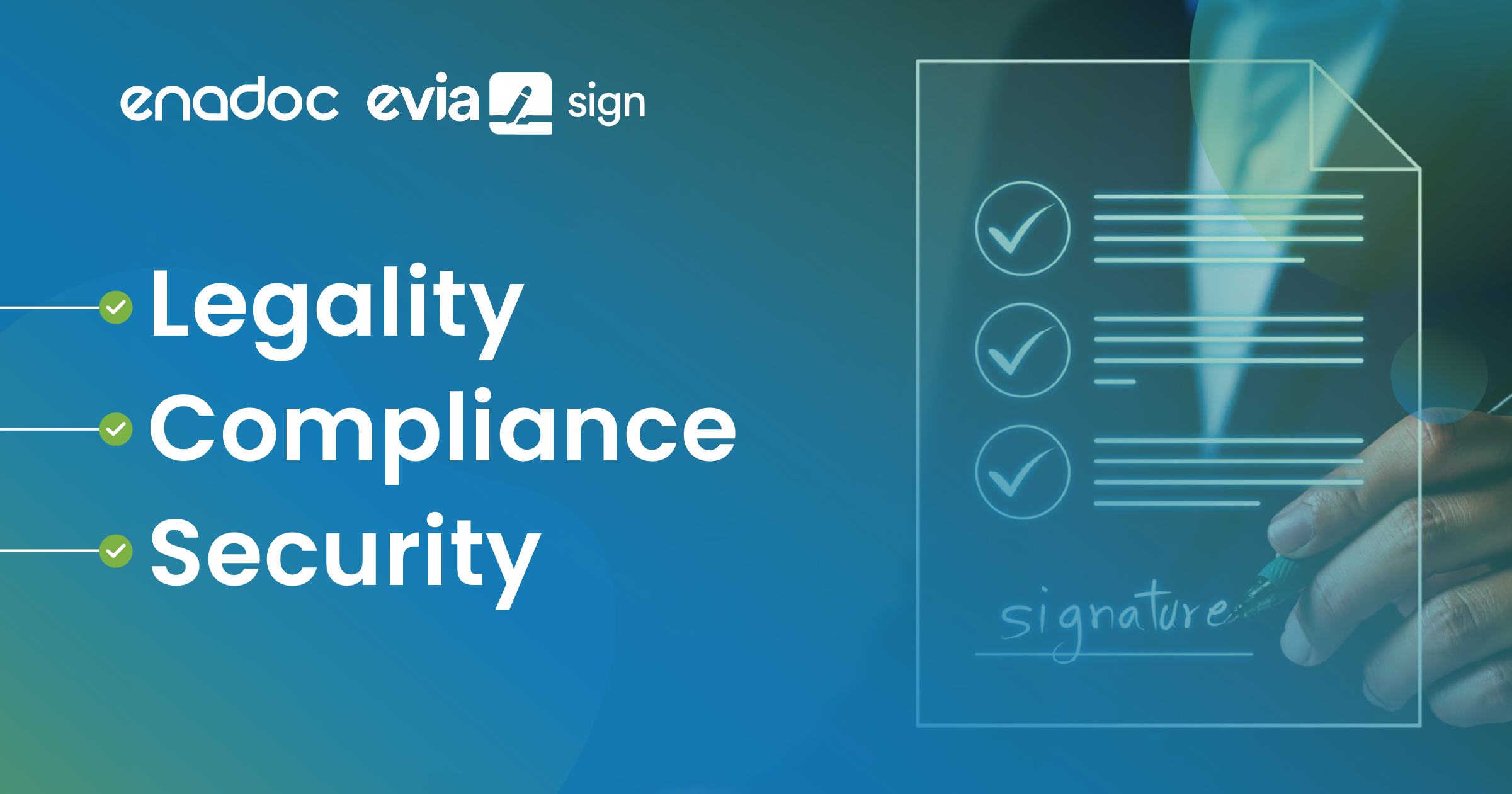
Most traditional offices start with several reams of paper and a printer to print out company documents. As the company continues to exist for years, more and more documents will be printed. The company will then be faced with a challenge of space: not only will they find space for their new employees, they are now required to look where to store their documents.
Like a library, as the pile of documents continue to increase, a dedicated librarian has to be hired to organize these documents. Another dilemma for the company: the cost of this employee. These challenges may be nothing for a big corporation but for a struggling small or medium-sized enterprise (SME), these are the overhead that when eliminated, can make a huge difference.
In today’s generation, digital is the way to go in communicating and collaborating with colleagues and clients. Fortunately, companies can now convert their physical documents to electronic copy with the use of document imaging and document management systems available in the market. The dilemma of space, overhead, and risk of losing documents are addressed with a document management solution.
See more differences of paper and electronic documents:
1. Space requirement. A year’s worth of documents may reach thousands, for example. Physical documents will require folders, boxes, drawers, and perhaps a space on the shelf. In the paperless setup, meanwhile, a hard drive can store all these documents and may not even occupy a quarter of its space. Once the hard drive’s space is consumed, buying another storage will be cheaper than renting an office space for the physical documents.
2. Disaster recovery. Physical documents in a storage room can acquire dust, molds, and may become brittle through time. Worse, if there are faulty wiring or the room’s airconditioner leaks, the documents may be soaked with water or catch fire. Meanwhile, paperless organizations can enjoy disaster recovery options, especially if their data are stored in the cloud. Even if their hard drives were accidentally wiped out or were broken, the company can still retrieve their data from the cloud.
3. Collaboration. In the paper document setup, sharing a document means photocopying for several people. An example can be distributing a memo in an office. The paper, photocopier, and ink are three costs involved in this activity. On the other hand, paperless organizations can simply send a link to the document for viewing on their desktop, laptop, or mobile devices.
4. Locating a document. This may be the most frustrating aspect in the physical document management setup. Going through hundreds of folders and drawers is frustrating especially if the documents are not properly organized. In the end, locating a document may take hours or even days of your time, which should have been spent doing productive work. In the paperless setup, document management systems typically have indexes to help you locate your documents faster and easier. Enadoc, a document imaging system, uses tags that are displayed in a Tag Cloud, a visual representation of all associated tags of the documents stored in the system.
5. Document organization. In organizing documents, folders, drawers, shelves, and labels are the basic necessities. The assigned personnel needs to go over every document and makes sure that each one is placed in the right repository. Meanwhile, in the paperless setup, OCR/ICR technology can automatically assign tags for your documents while you can place the document in the appropriate library for better organization. Users can also assign tags when indexing the documents.
For more information about how you can increase productivity as a paperless organization, visit www.enadoc.com.










